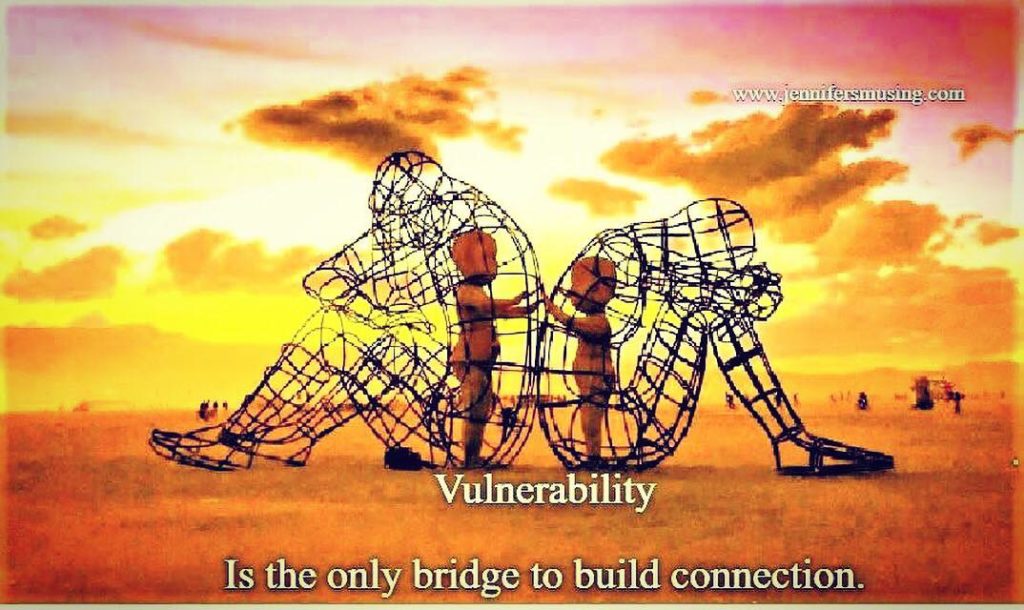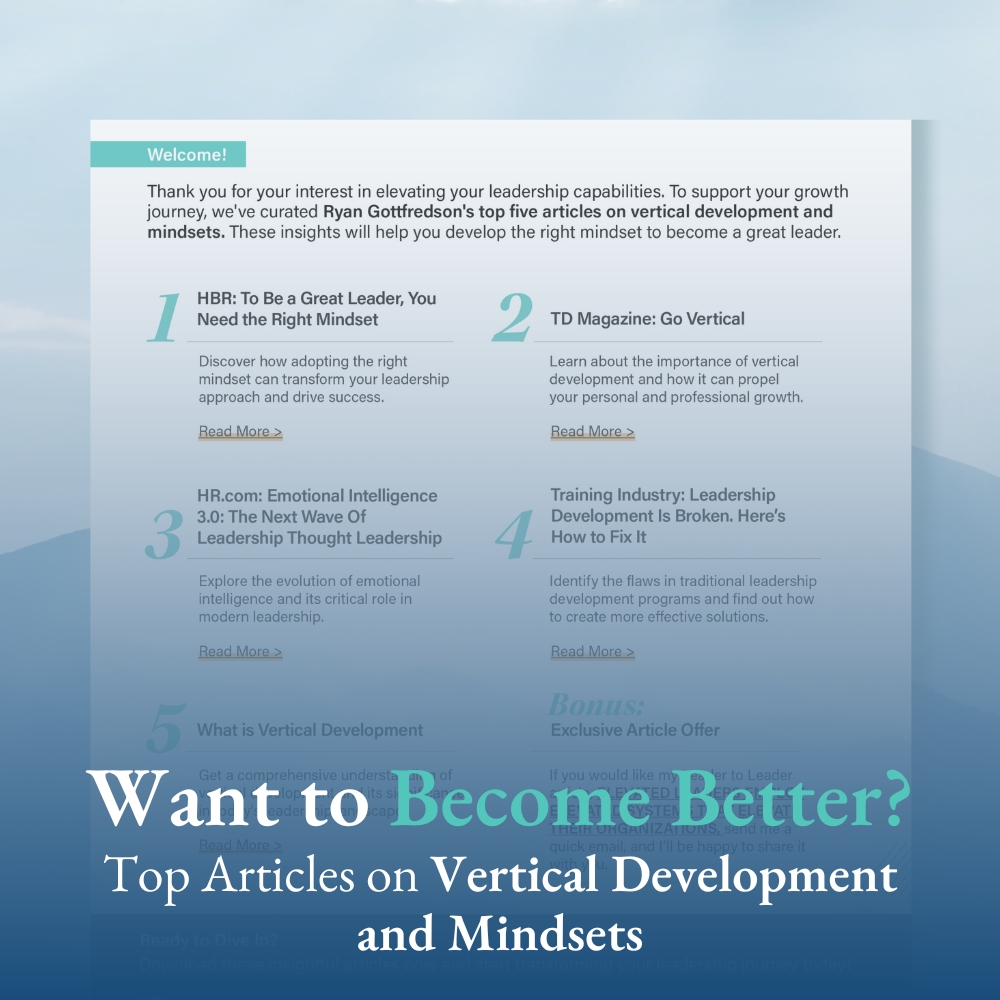For most people, vulnerability is the antithesis of leadership.
Many people see and expect leaders to be like sports cars:
- Look good
- Perform at high levels at all times
- Get where they are going fast
- Generally travel (progress) in a linear fashion

Thus, no surprise, leaders feel the pressure to be like sports cars.
But, the reality is that very few top leaders are sports cars, and they are generally scared to admit it. In other words, they are scared to be vulnerable.
What is vulnerability?
According the Brene Brown (essentially the foremost authority on vulnerability), vulnerability is about showing up and being seen. It means embracing uncertainty, being willing to take risks (i.e., put yourself “out there”), and being willing to expose yourself emotionally.
Why is it important for leadership?
There are probably dozens of reasons. I’ll give you three.
First, vulnerability breeds trust
Most people agree trust is critical, but the reality is that most leaders and managers only give lip service to trust. When push comes to shove, it is incredibly common for leaders and managers to throw trust out the window in order to get achieve quantifiable metrics. This has got to be the case or we wouldn’t see these trust statistics:
- Only 49% of employees trust their senior leaders
- Only 36% of employees believe their top managers act with honesty and integrity
- 76% of employees observe a high level of illegal or unethical conduct in work in the prior 12 months
- 53% of job seekers were on the job market because they didn’t trust their boss
The reality is that trust has bottom-line effects. As trust goes up, speed goes up and costs go down. As trust goes down, speed goes down and costs go up.
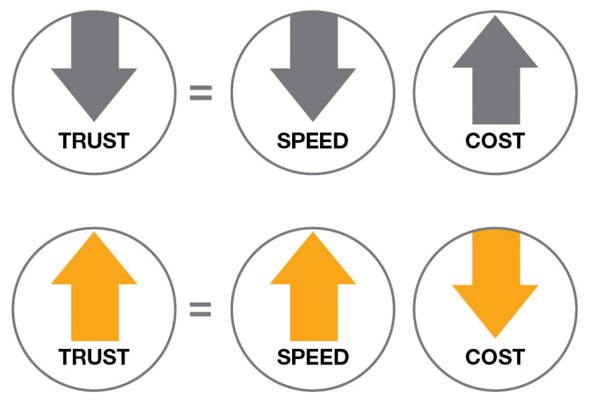
If trust is so important, how do we build it? Vulnerability.
Unfortunately, most people believe that trust leads to vulnerability, or think, “I will only be vulnerable when I trust those I am with.”
While trust can help make vulnerability easier, trust is first initiated and build through someone being vulnerable.
Second, vulnerability breeds connection
In my dissertation, I found that if leaders want their efforts and behavior to actually lead to a positive impact, they need to first have a positive relationship with those they lead. If leaders try to influence someone they don’t have a good relationship with to do something, it is generally met with great resistance.
So, how do we build these relationships? One of the best ways is through vulnerability. When someone is authentically vulnerable, we will always want to move closer to them, both physically and emotionally.
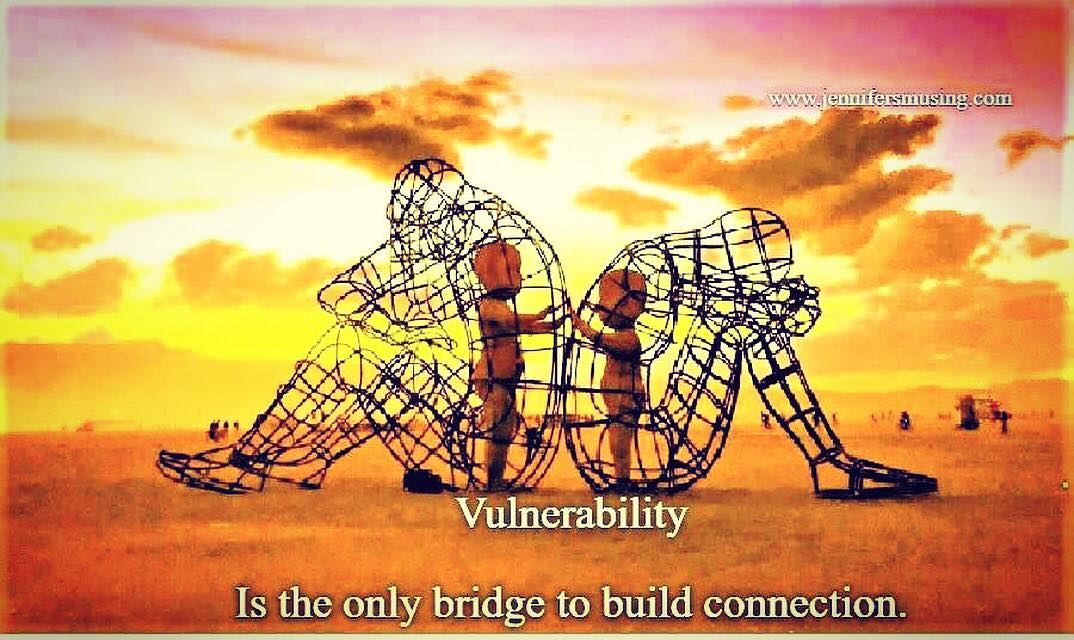
Third, leadership requires courage and courage requires vulnerability
One aspect of leadership is blazing new trails and breaking conventional norms to excel at a higher level and in a higher-quality way.
Is it possible for us to blaze new trails without courage? No. Leadership requires courage.
Brene Brown states: “To create is to make something that has never existed before. There’s nothing more vulnerable than that.
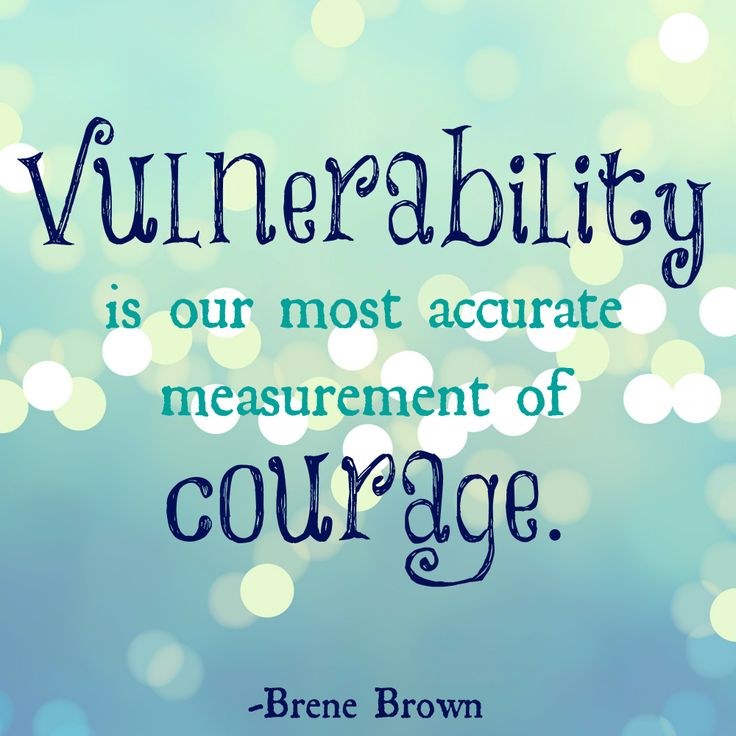
What does vulnerability look like as a leader?
I think Brene Brown says it well:
“I was raised in a “get ‘er done” and “suck it up” family and culture (very Texan, German-American). The tenacity and grit part of that upbringing has served me, but I wasn’t taught how to deal with uncertainty or how to manage emotional risk. I spent a lot of years trying to outrun or outsmart vulnerability by making things certain and definite, black and white, good and bad. My inability to lean into the discomfort of vulnerability limited the fullness of those important experiences that are wrought with uncertainty: Love, belonging, trust, joy, and creativity to name a few. Learning how to be vulnerable has been a street fight for me, but it’s been worth it.”
Invitation to be More Vulnerable
I am going to list four desires. Select one that you most identify with:
- Looking good
- Being right
- Avoiding problems
- Getting ahead
If you strongly identify with any of these, it is an area where you possess a deep fear around looking bad, being wrong, having problems, and/or getting passed up, respectively. It is also an area where you have a hard time being vulnerable, and it is likely holding you back from being a more effective leader and a more positive influence.
I invite you to explore these desires, and to set an intention to be more courageous and vulnerable.
For more on these desires, check out this blog post: Do You Have Any of the Four Desires of Dysfunctional Leaders?

